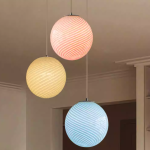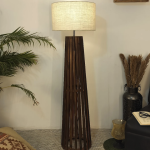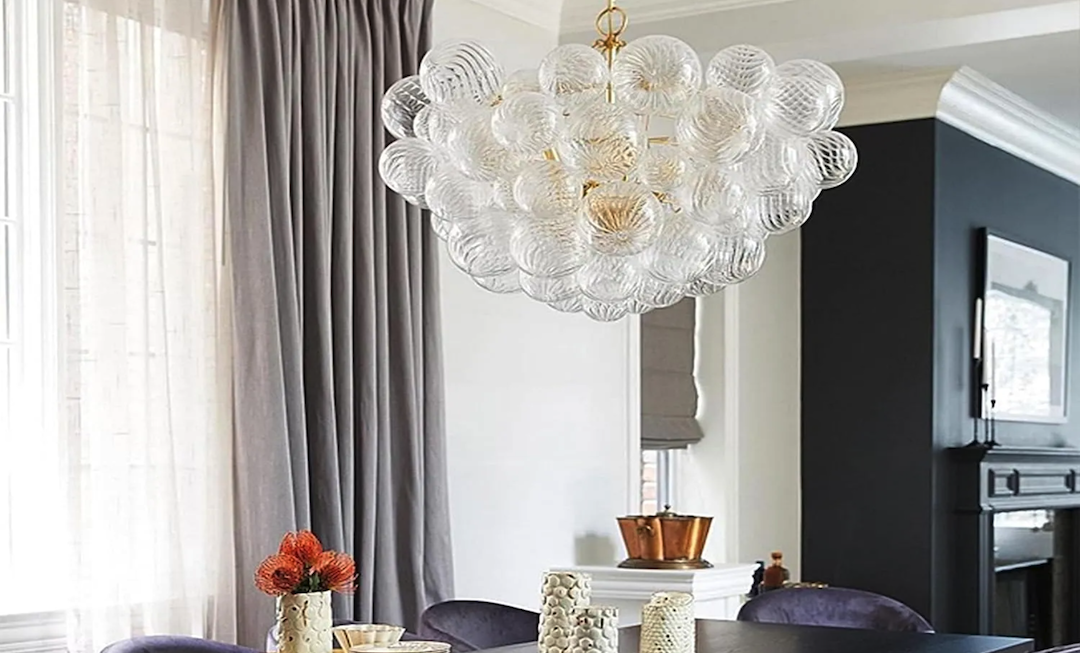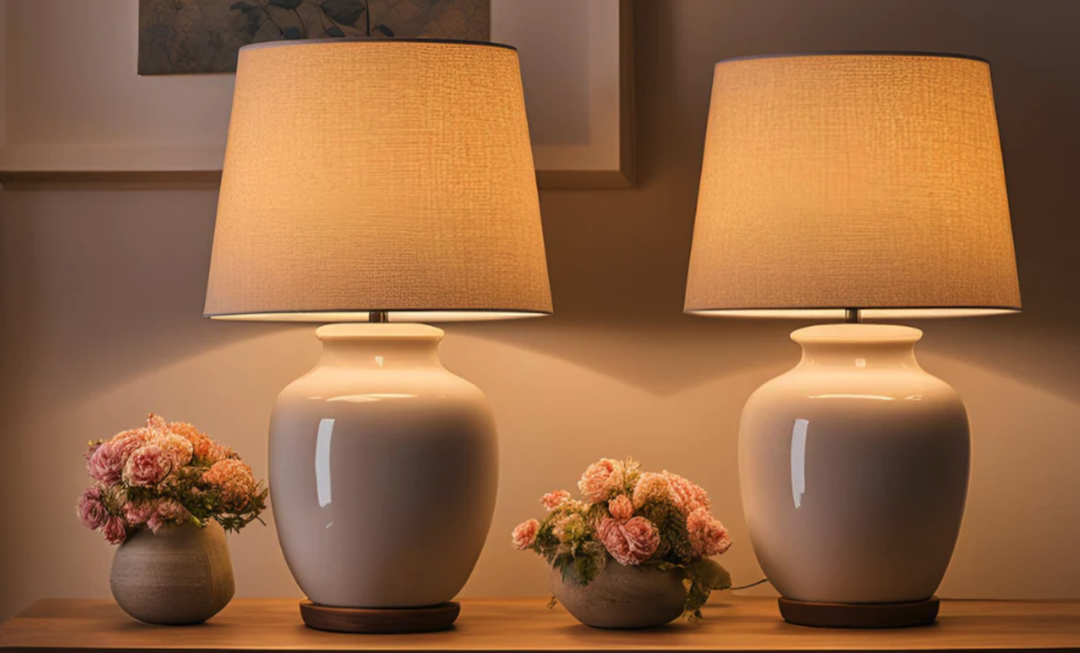In the realm of modern lighting solutions, smart spotlights have emerged as a transformative technology that combines functionality with advanced features. These innovative devices are not merely sources of illumination; they represent a significant leap forward in how we interact with our living and working environments. Smart spotlights are equipped with connectivity options that allow users to control them remotely via smartphones, tablets, or voice-activated assistants.
This integration of technology into everyday lighting has opened up a plethora of possibilities for customization, convenience, and efficiency. The evolution of smart lighting began with basic remote-controlled bulbs, but the advent of smart spotlights has taken this concept to new heights. These fixtures can be programmed to change colors, adjust brightness levels, and even sync with music or other smart devices in the home.
As a result, they have become an essential component of contemporary interior design, enhancing aesthetics while providing practical benefits. The growing popularity of smart spotlights reflects a broader trend towards home automation and the desire for personalized living spaces that cater to individual preferences and lifestyles.
The Benefits of High-Tech Smart Spotlights
Enhancing Ambiance and Well-being
For instance, a homeowner can set the lights to a warm hue for a cozy movie night or switch to bright white for focused work sessions. This adaptability not only enhances the ambiance of a space but also contributes to improved well-being by allowing individuals to create environments that support their specific needs.
Convenience and Energy Efficiency
Moreover, smart spotlights often come equipped with features such as scheduling and automation. Users can program their lights to turn on or off at specific times, ensuring that their homes are well-lit when they arrive and conserving energy when they are away.
Reducing Energy Consumption and Carbon Footprint
This level of control extends beyond mere convenience; it empowers users to manage their energy consumption more effectively. By utilizing smart spotlights, individuals can reduce their reliance on electricity during peak hours, ultimately leading to lower utility bills and a smaller carbon footprint.
How Smart Spotlights are Revolutionizing Home Lighting
The introduction of smart spotlights has fundamentally changed the way we perceive and utilize lighting in our homes. Traditional lighting systems often lack flexibility and require manual intervention for adjustments. In contrast, smart spotlights offer a seamless integration of technology that allows for real-time changes based on user preferences or environmental conditions.
For example, many smart spotlights can automatically adjust their brightness based on the time of day or the amount of natural light entering a room, creating an optimal lighting Hongfu environment without any effort from the user. Additionally, the aesthetic appeal of smart spotlights cannot be overlooked. With sleek designs and customizable color options, these fixtures serve as both functional lighting and decorative elements within a space.
Homeowners can choose from a wide range of colors and effects to create dynamic atmospheres for different occasions, whether it’s a festive gathering or a quiet evening at home. This ability to transform a room’s appearance with just a few taps on a smartphone app has made smart spotlights a popular choice among interior designers and homeowners alike.
The Role of Smart Spotlights in Energy Efficiency
Energy efficiency is one of the most significant benefits associated with smart spotlights. Traditional incandescent bulbs consume a considerable amount of energy and have shorter lifespans compared to their LED counterparts. Smart spotlights typically utilize LED technology, which is inherently more energy-efficient and has a longer operational life.
This shift not only reduces energy consumption but also minimizes waste, as fewer bulbs need to be replaced over time. Furthermore, many smart spotlight systems include features that promote energy conservation. For instance, motion sensors can detect when a room is unoccupied and automatically turn off the lights, preventing unnecessary energy use.
Additionally, users can monitor their energy consumption through associated apps, gaining insights into their usage patterns and identifying opportunities for further savings. By integrating these technologies into their homes, individuals can significantly reduce their energy bills while contributing to broader sustainability efforts.
The Integration of Smart Spotlights with Home Automation Systems
The true potential of smart spotlights is realized when they are integrated into comprehensive home automation systems. These systems allow various devices within a home to communicate with one another, creating a cohesive ecosystem that enhances convenience and efficiency. For example, smart spotlights can be programmed to work in conjunction with smart thermostats, adjusting their brightness based on the temperature settings or time of day.
This level of integration not only simplifies daily routines but also optimizes energy usage across multiple devices. Moreover, the compatibility of smart spotlights with voice-activated assistants such as Amazon Alexa or Google Assistant further enhances their functionality. Homeowners can control their lighting through simple voice commands, making it easier to adjust settings without needing to physically interact with switches or apps.
This hands-free approach is particularly beneficial for individuals with mobility challenges or those who are multitasking. The seamless integration of smart spotlights into home automation systems exemplifies how technology can enhance our living environments in practical and meaningful ways.
The Impact of Smart Spotlights on Security and Safety
Smart spotlights play a crucial role in enhancing security and safety within residential and commercial spaces. Their ability to be programmed for specific schedules means that homeowners can simulate occupancy even when they are away, deterring potential intruders. For instance, by setting lights to turn on at random intervals during the evening, homeowners can create the illusion that someone is home, thereby reducing the likelihood of break-ins.
In addition to deterring crime, smart spotlights can also improve safety by providing adequate illumination in outdoor areas. Many models come equipped with motion sensors that activate lights when movement is detected, illuminating pathways or entry points during nighttime hours. This feature not only enhances visibility but also helps prevent accidents caused by tripping or falling in poorly lit areas.
Furthermore, some smart spotlight systems can be integrated with security cameras or alarms, providing real-time alerts and enhancing overall home security.
Smart Spotlights in Commercial and Industrial Settings
The application of smart spotlights extends beyond residential use; they are increasingly being adopted in commercial and industrial settings as well. Businesses recognize the value of smart lighting solutions in creating inviting atmospheres for customers while also improving operational efficiency. For example, retail stores can utilize smart spotlights to highlight specific products or create dynamic displays that change throughout the day, attracting customer attention and enhancing the shopping experience.
In industrial environments, smart spotlights contribute to workplace safety and productivity. Factories and warehouses can implement intelligent lighting systems that adjust based on occupancy levels or specific tasks being performed. This adaptability not only ensures that work areas are adequately lit but also helps reduce energy costs by minimizing unnecessary lighting during off-peak hours.
The integration of smart lighting solutions in commercial settings demonstrates how technology can drive innovation while addressing practical business needs.
The Future of Smart Spotlights: Advancements and Innovations
As technology continues to evolve at an unprecedented pace, the future of smart spotlights promises even more exciting advancements and innovations. One area poised for growth is the incorporation of artificial intelligence (AI) into lighting systems. AI-driven smart spotlights could learn user preferences over time, automatically adjusting settings based on individual habits or environmental changes without requiring manual input.
Additionally, advancements in connectivity technologies such as 5G may enhance the capabilities of smart spotlights by enabling faster communication between devices and more robust data processing capabilities. This could lead to even more sophisticated automation features and improved user experiences. Furthermore, as sustainability becomes an increasingly pressing global concern, future iterations of smart spotlights may incorporate renewable energy sources or advanced energy management systems that optimize usage based on real-time data.
The ongoing development of smart spotlight technology reflects broader trends in home automation and energy efficiency while addressing the evolving needs of consumers in an increasingly connected world. As these innovations continue to unfold, we can expect smart spotlights to play an even more integral role in shaping our living environments for years to come.













